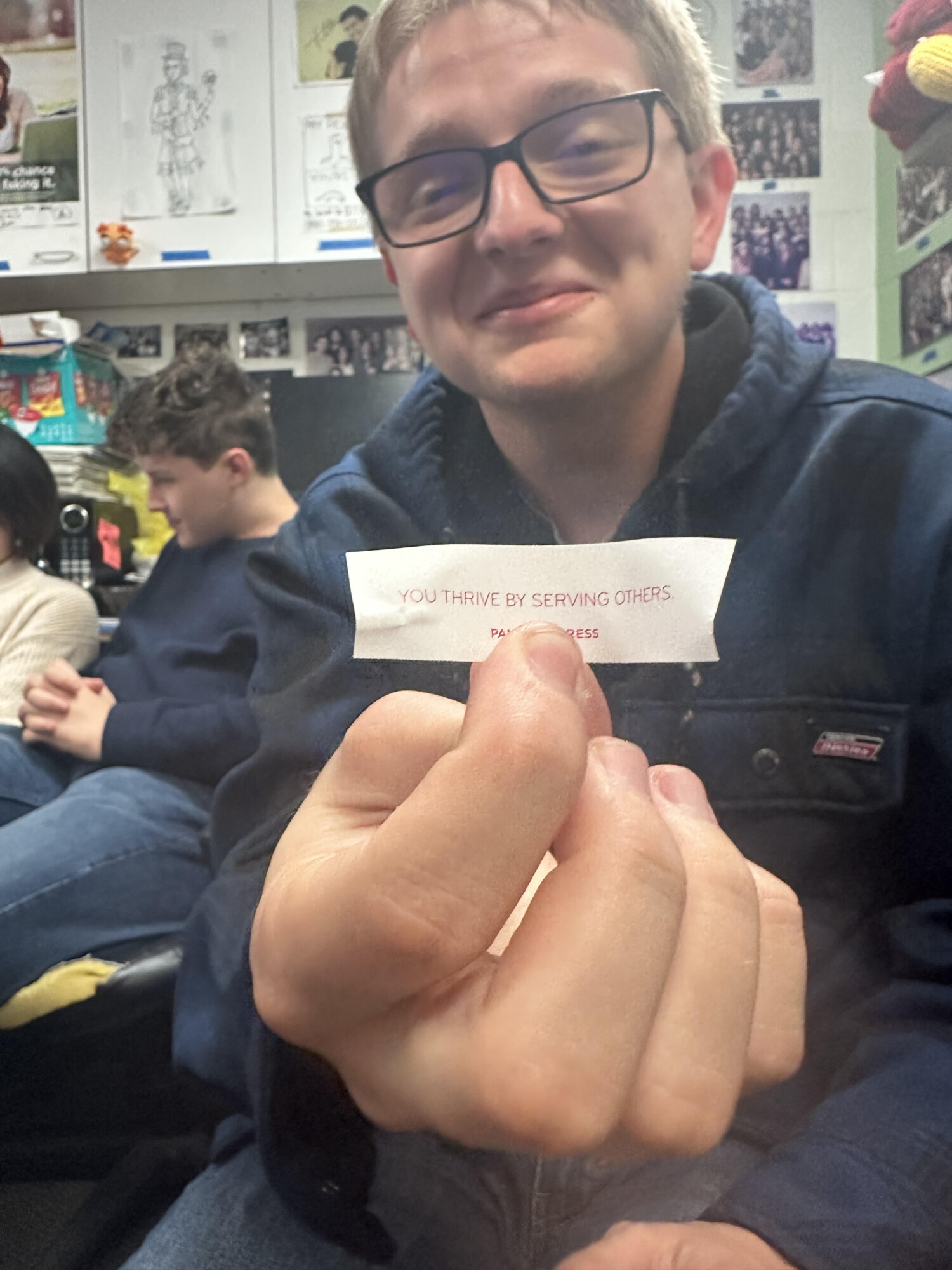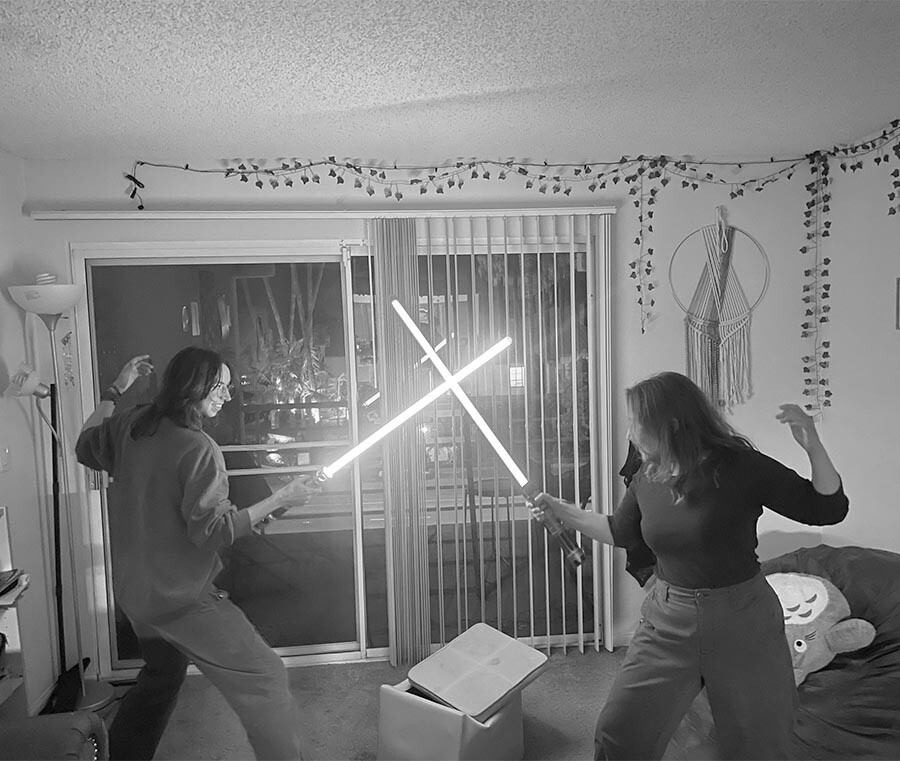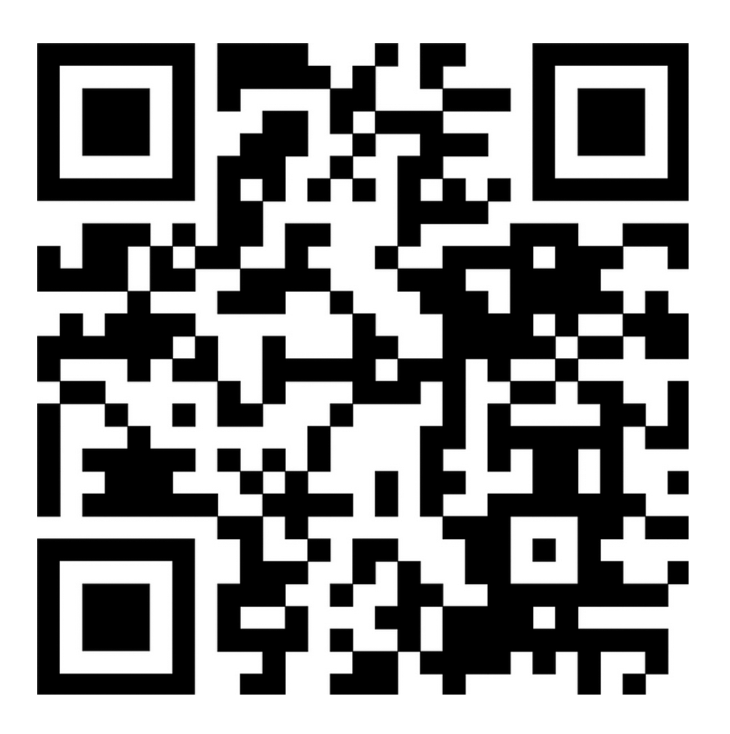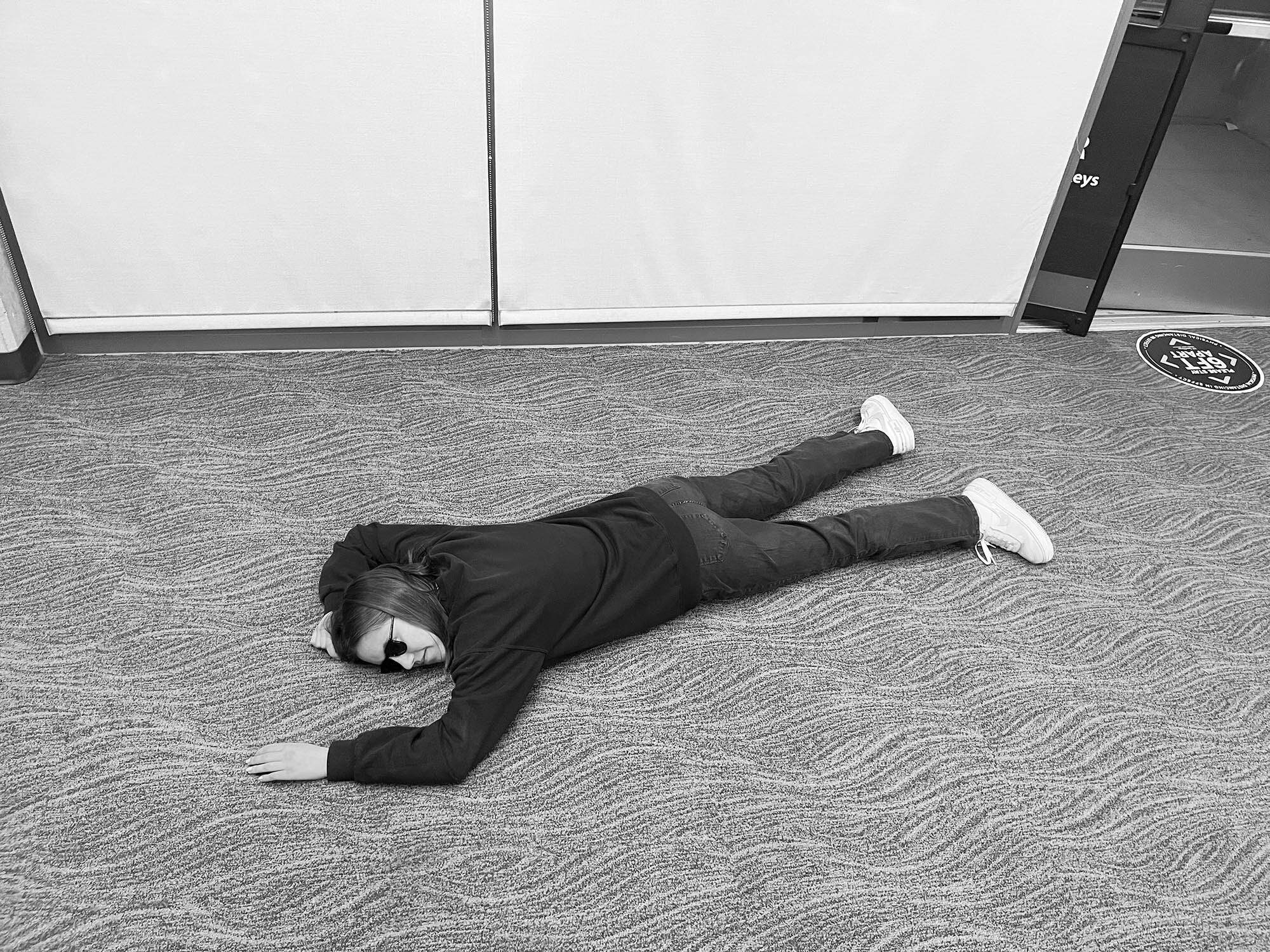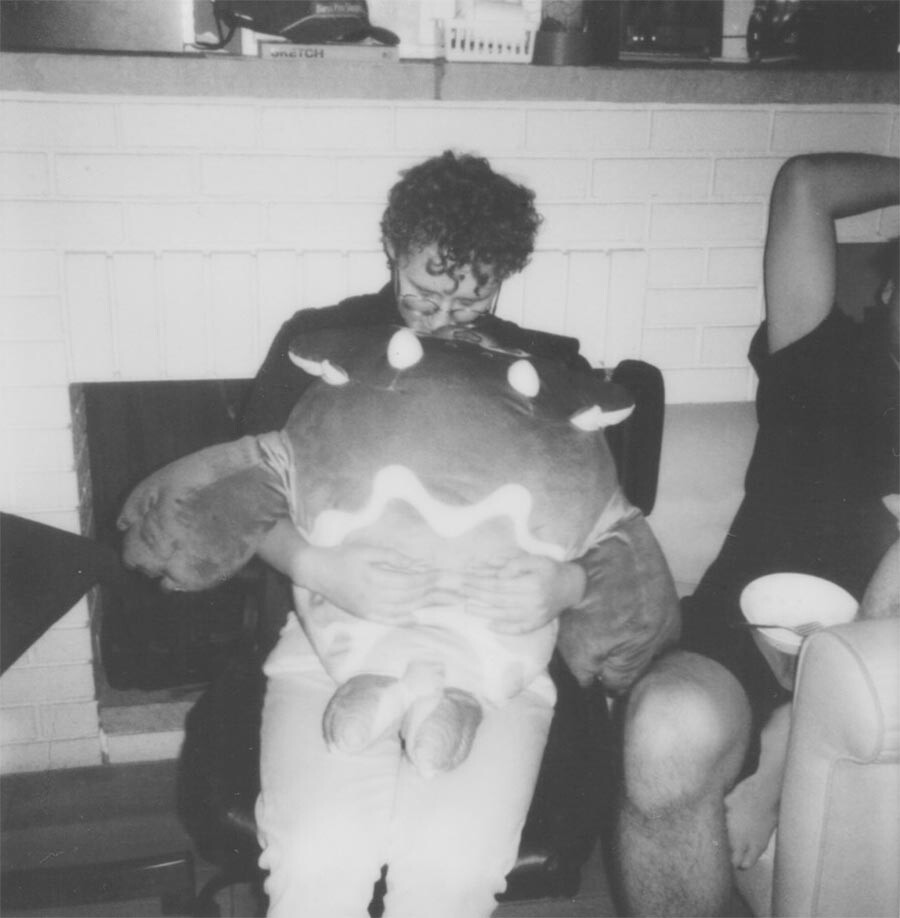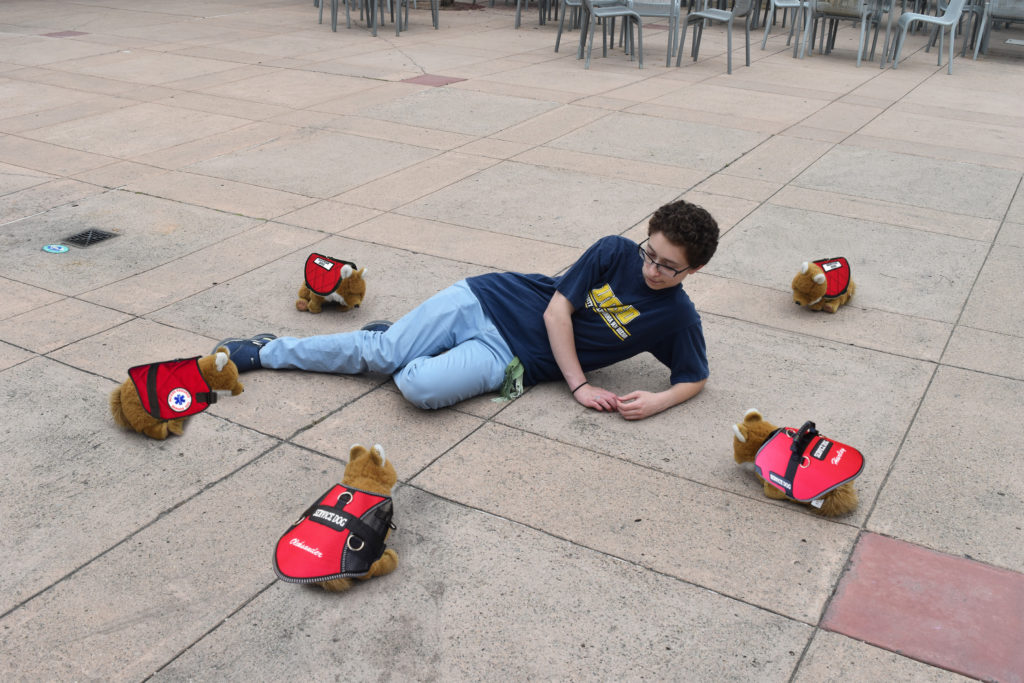
Photo by: Lawrence Lee
Students at UCSD who depend on university resources like therapy dogs for their stress relief are no strangers to long lines and disappointing sessions, but many students have been forced to take a long walk as wait times for first time petters have reached nearly a month. Lines of students interested in getting a chance to interact with the dogs have circled Price Center, with tents and barbeques set up to sustain students until they are able to receive mental health assistance.
The long wait times have been attributed to financial and bureaucratic reasons, as the therapy dog program, known as “Therapy Fluffies,” struggles to deal with a growing student population, and an understaffed kennel — the ratio of students to fully trained therapy dogs, or “puppies,” is now well over 1550:1. This explanation, however, is little comfort for the students who have been waiting in line for, in dog years, seven months.
Jordan Maclean, who has been camping near Croutons since the last Therapy Fluffies event, gave a statement about their reason for waiting in line.
“Last night at Geisel, I saw hundreds of other stressed-out, sleep-deprived students, who have no intention of going home tonight, desperately trying to push the thought of failure out of their minds, and eating vending machine Advil like it was Skittles. So I left Geisel and came here. At least now I can have a tent. And there might be a dog at the end.”
However, long wait times are not the only complaint students voiced about the program. The UC Student Association recently gave the Therapy Fluffies a C+ grade, calling it “Cuddly but Crummy.” Furthermore, those who have managed to meet with a therapy dog, like third year student Brianna McDade, have mentioned feeling abandoned after they reached their maximum number of sessions and were referred to other dogs in Hillcrest and La Jolla Village Square.
“I just started developing a relationship with a dog I really like. He looks at me when I call him and his fur is so soft and I started calling him Rufus because he makes a little ‘ruff’ noise and I don’t want to have to start all over again with some new dog,” Brianna explained, tightly clinging to a labrador while hurriedly rushing through the UCSD bookstore.
The blame for these deficiencies cannot squarely be placed upon the overburdened Fluffies department, however. With no funding to adopt and train new service dogs, the current staff are often overworked and stressed, which affects their performance and hair volume, in serious ways.
A representative from UCSD addressed student concerns about the program on Thursday, speaking directly to students by issuing a press release on their private Facebook page:
“We understand and sympathize with your concerns about the Therapy Fluffies program, and are working hard to consider the prospect of examining the possibilities of adopting a new dog over the coming years to solve these issues. In the meanwhile, we encourage students unable to meet with a therapy dog to try alternative stress relieving methods, like petting each other, or petting yourself, or petting a plant!”
The press release concluded that, “on the bright side, all these tents have given us some great ideas for housing solutions.”
At press time, the staff of CAPS had been seen joining students in line. Kenneth Martin, a full-time counselor, told reporters that they were “just really nervous about being overwhelmed with work in the upcoming finals week,” as they drew smiley faces on Post-It notes as a means of affirmation.
Written by: Evan Burke, copy editor





